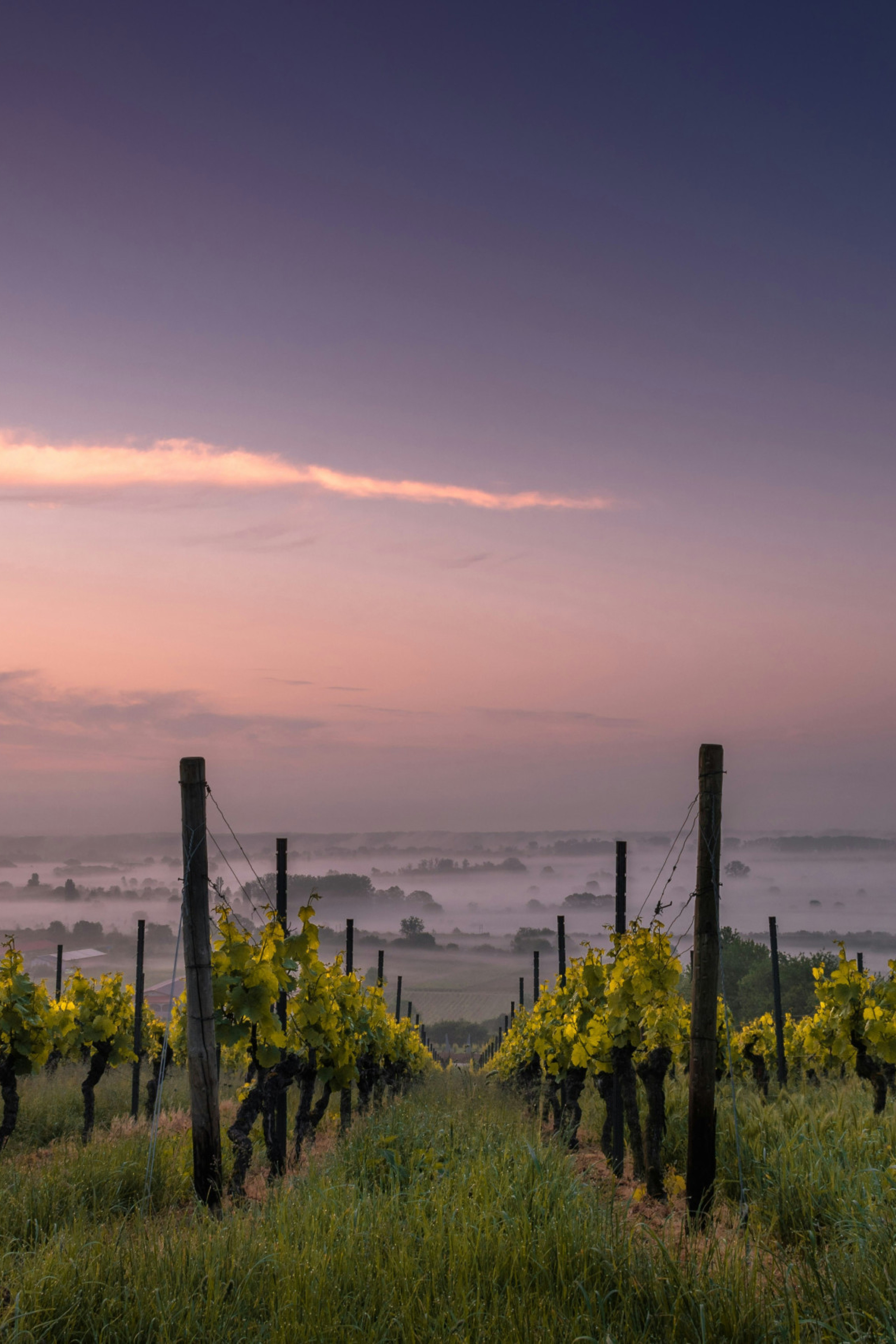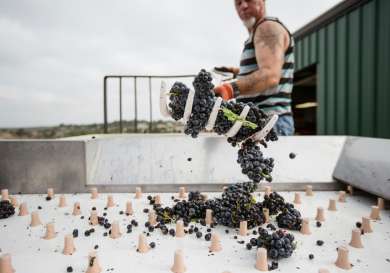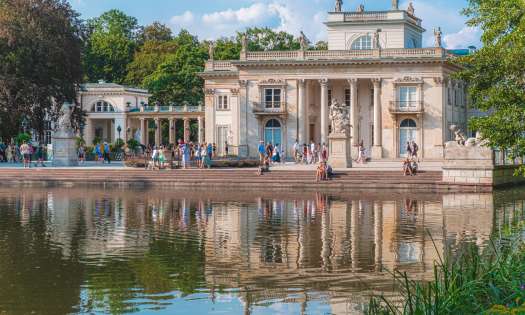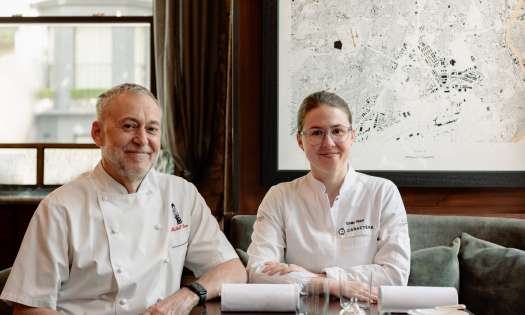Carbon Footprint And Reduction Plans
Between 1961 and 2020, average temperatures increased in France’s Champagne region by 1.8°C meaning that harvesting now begins, on average, 18 days earlier than 30 years ago. Rising temperatures can also lead to more damaging spring frosts and higher risks of losing larger amounts of grapes. These changes aren’t going to relent unless the industry plays a role in addressing climate change.
In 2003, Champagne became the first wine-producing region to assess its carbon footprint, conducting an environmental audit of all its processes in the past year. Updated every five years, this thorough analysis measures the impact of processes including vine cultivation, production, packaging, and waste management. It has been recognised that core vineyard and wine-related activities account for less than 15% of greenhouse gas emissions, while the purchase of goods and services exceeds 50%, which is where work needs to be done.
The implementation of “green” glass, utilisation of electric tractors and choice of domestically produced packaging are just a few ways in which emissions have been lowered. In fact, since 2003, the industry's carbon footprint decreased by an impressive 20% per bottle. The work being done to improve the sustainability of Champagne has meant that now 67% of the vineyard areas are receiving environmental certification to date.
Circular Economy In Champagne Production
For over a century, residues and sediments from the distillation process have been repurposed into bioethanol, drinkable alcohol, grape seed oil, fertiliser, compost, and animal feed. Each year, around 110,000 tonnes of wine by-products are recovered. One of the industry’s biggest achievements is the 100% treatment of wine effluents and more than 90% of industrial waste.
The circular economy isn’t restricted to the distillation process; however, some initiatives include the collection and recycling of self-adhesive label materials, used corks, and broken pallets. The industry understands the need to conserve resources and reduce their waste throughout the entire production process, transitioning from a linear to a circular economy.
The attention given to this preservation by the industry, not only supports sustainability, but also enhances the brands’ prestige by showcasing true commitment and environmental responsibility. Champagne lovers across the world can continue to celebrate with their favourite tipple, without harming the planet.
Champagne Tourism vs Sustainability
The Champagne industry is constantly looking to the future, with research and development playing a pivotal role in the Champagne industry's sustainability journey. The expanded research centre at the Maison de la Champagne in Epernay is equipped with state-of-the-art technology to reinforce sustainable development initiatives. Innovations like the QANOPÉE greenhouse — which protect vines from diseases and insects — are great examples of the industry harnessing new technology in their commitment to combating environmental threats.
Balancing tourism with sustainability is another critical aspect and finding the balance between the two is important. Champagne-related tourism is integrated into the carbon footprint calculation, ensuring minimal environmental impact, though the industry appreciates the importance of tourism. The industry is making efforts to create ethical partnerships with local suppliers to further support sustainable tourism, sourcing locally where possible.
In the same vein, local development initiatives have been implemented including volunteer programs and school schemes to support local communities. On top of this, the majority of employees of the most well-known Champagne houses are living within a small radius of their work. By fostering these local partnerships and contributing to regional growth, the industry enhances its sustainability efforts while maintaining the allure of Champagne tourism.
In short, the Champagne industry's commitment to sustainability is a testament to its dedication to preserving the legacy of Champagne. Through innovative carbon reduction plans, repurposing waste and a careful approach to tourism, the industry is future-proofing its operations against climate change. Looking ahead, the aim is to have 100% vineyard surfaces certified by 2030 and the industry would like to accelerate the implementation of the carbon plan to support the sector towards net-zero carbon by 2050. These efforts ensure that Champagne can continue to symbolise celebration, elegance and opulence for years to come.













